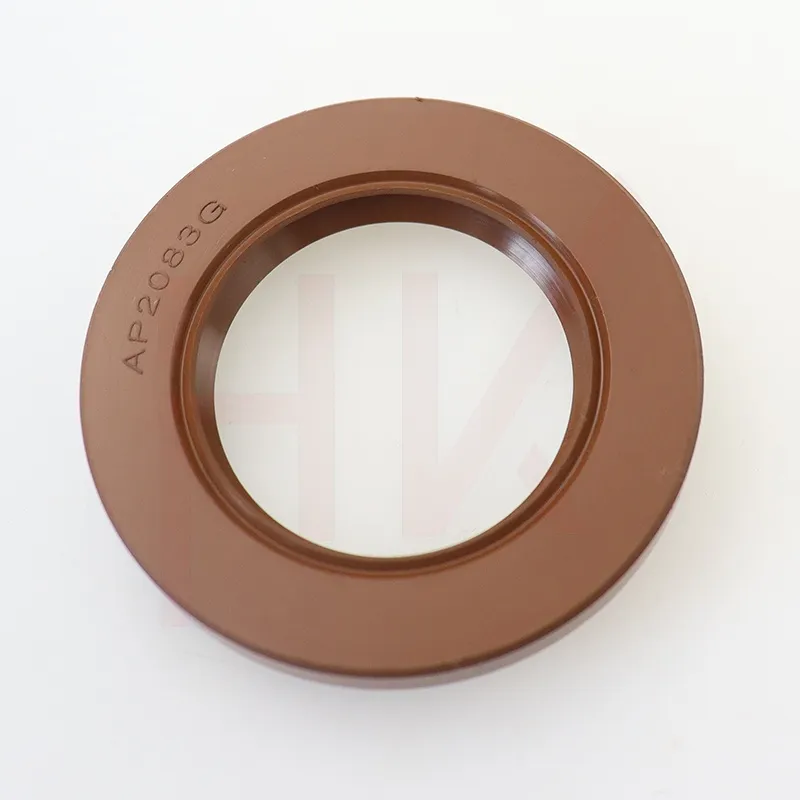10 月 . 16, 2024 23:31 Back to list
Hydraulic Seal Change Process and Maintenance Tips for Optimal Performance and Longevity
Hydraulic Seal Replacement A Comprehensive Guide
Hydraulic systems are essential in various industries, powering machinery and equipment that range from construction vehicles to manufacturing tools. Within these systems, hydraulic seals play a critical role in maintaining pressure, preventing leaks, and ensuring smooth operation. However, over time, these seals can wear out due to factors like age, pressure, temperature, and contamination, leading to decreased performance and potential system failure. This article will explore the importance of hydraulic seal replacement, the signs that indicate it's time for a change, and the steps involved in the replacement process.
Why Hydraulic Seal Replacement is Important
Hydraulic seals are designed to withstand high pressures and harsh working conditions. Their primary functions include retaining hydraulic fluid, preventing contamination from external sources, and facilitating the smooth movement of components. When seals fail, fluid leakage can occur, causing several issues such as decreased efficiency, loss of power, damage to components, environmental hazards, and safety risks. Therefore, timely seal replacement is crucial to ensure the hydraulic system operates optimally and safely.
Signs of Seal Wear and Tear
Recognizing the signs of seal deterioration is essential for preemptive maintenance. Here are some common indicators that it may be time to replace your hydraulic seals
1. Fluid Leakage One of the most obvious signs of seal failure is visible hydraulic fluid leakage around the seals or in the hydraulic system.
2. Decreased Performance If you notice that your machinery is losing power or responsiveness, this could be a sign that fluid is escaping due to worn seals.
3. Increased Noise Unusual noises during operation, such as grinding or hissing sounds, might indicate that seals are not functioning properly.
4. Contamination If debris or dirt is found in the hydraulic fluid, it may suggest that the seals are compromised and allowing outside contaminants to enter the system.
5. Visual Damage Regular inspections may reveal cracks, tears, or abrasions on the seals themselves.
Steps for Hydraulic Seal Replacement
hydraulic seal replacement

Replacing hydraulic seals can be a straightforward process if you follow the right steps. Here’s a general guide to help you through the process
1. Safety First Before beginning any maintenance work, ensure that you have shut down the machinery, relieved all pressure from the hydraulic system, and followed all safety protocols.
2. Identify and Purchase the Correct Seals Determine the type and size of the seals you need to replace. Consult the equipment manufacturer's manual or specifications to find the appropriate replacement parts.
3. Disassemble the Hydraulic Unit Carefully disassemble the hydraulic components housing the seals. Take note of the arrangement of parts, and keep them organized to ease reassembly.
4. Remove Old Seals Use appropriate tools to remove the old seals. Be cautious not to damage the surrounding components during this process.
5. Clean the Sealing Surfaces Thoroughly clean all sealing surfaces to remove any dirt, old sealant, or debris. This step is crucial for ensuring a proper seal when installing the new components.
6. Install New Seals Carefully install the new seals, ensuring they are seated properly in their respective grooves. Pay attention to orientation and alignment as improper installation can lead to premature failure.
7. Reassemble the Hydraulic Unit Once the new seals are in place, reassemble the hydraulic components in the reverse order of disassembly.
8. Test the System After reassembly, gradually restore pressure to the system and monitor for any leaks or irregularities in performance.
Conclusion
Hydraulic seal replacement is an integral part of maintaining hydraulic systems. By staying vigilant for signs of wear and undertaking regular maintenance, you can extend the lifespan of your machinery and ensure its efficient operation. Remember, prioritizing seal replacement when necessary not only enhances performance but also safeguards the integrity of your hydraulic systems.
-
The Power of Advanced Sealing: High-Pressure Solutions for Modern Machinery
NewsOct.29,2024
-
Optimizing Machinery with High-Performance Oil Seals
NewsOct.29,2024
-
Maximizing Machinery Efficiency with Advanced Oil Seals
NewsOct.29,2024
-
Ensuring Equipment Longevity with Quality Oil Seals
NewsOct.29,2024
-
Enhance Equipment Performance with Quality Oil Seals
NewsOct.29,2024
-
Custom Oil Seals for Specialized Machinery Needs
NewsOct.29,2024
-
The Role of Wiper Seals in Dust Sealing and Oil Protection
NewsOct.20,2024
Products categories
















